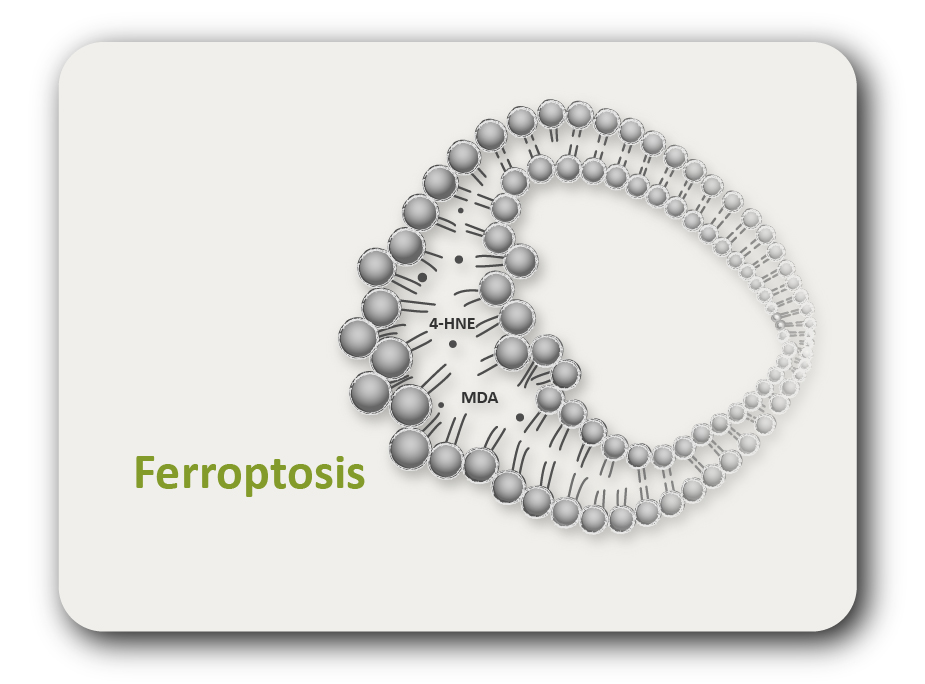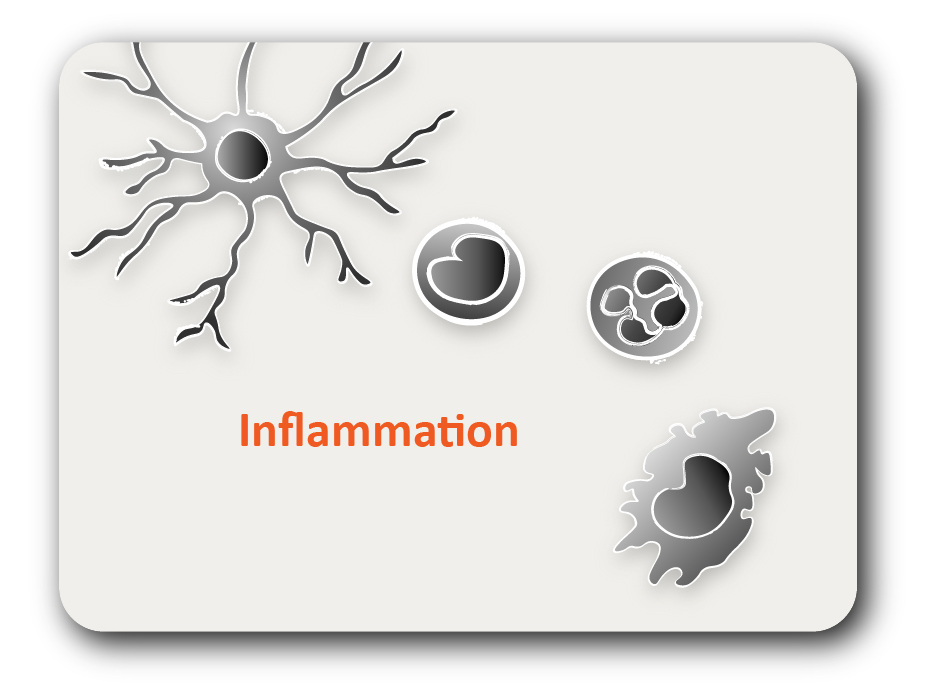ARG63160
anti-Smad 4 antibody
anti-Smad 4 antibody for Immunoprecipitation and Mouse
Cancer antibody; Cell Biology and Cellular Response antibody; Cell Death antibody; Developmental Biology antibody; Gene Regulation antibody; Metabolism antibody; Signaling Transduction antibody
Overview
| Product Description | Goat Polyclonal antibody recognizes Smad 4 |
|---|---|
| Tested Reactivity | Ms |
| Predict Reactivity | Hu, Rat, Cow, Dog, Pig |
| Tested Application | IP |
| Host | Goat |
| Clonality | Polyclonal |
| Isotype | IgG |
| Target Name | Smad 4 |
| Antigen Species | Human |
| Immunogen | C-HTMPIADPQPLD |
| Conjugation | Un-conjugated |
| Alternate Names | Smad4; Mothers against decapentaplegic homolog 4; SMAD family member 4; MADH4; hSMAD4; DPC4; JIP; MAD homolog 4; SMAD 4; MYHRS; Mothers against DPP homolog 4; Deletion target in pancreatic carcinoma 4 |
Application Instructions
| Application Suggestion |
|
||||
|---|---|---|---|---|---|
| Application Note | * The dilutions indicate recommended starting dilutions and the optimal dilutions or concentrations should be determined by the scientist. |
Properties
| Form | Liquid |
|---|---|
| Purification | Purified from goat serum by antigen affinity chromatography. |
| Buffer | Tris saline (pH 7.3), 0.02% Sodium azide and 0.5% BSA. |
| Preservative | 0.02% Sodium azide |
| Stabilizer | 0.5% BSA |
| Concentration | 0.5 mg/ml |
| Storage Instruction | For continuous use, store undiluted antibody at 2-8°C for up to a week. For long-term storage, aliquot and store at -20°C or below. Storage in frost free freezers is not recommended. Avoid repeated freeze/thaw cycles. Suggest spin the vial prior to opening. The antibody solution should be gently mixed before use. |
| Note | For laboratory research only, not for drug, diagnostic or other use. |
Bioinformation
| Database Links |
Swiss-port # P97471 Mouse Mothers against decapentaplegic homolog 4 |
|---|---|
| Background | This gene encodes a member of the Smad family of signal transduction proteins. Smad proteins are phosphorylated and activated by transmembrane serine-threonine receptor kinases in response to TGF-beta signaling. The product of this gene forms homomeric complexes and heteromeric complexes with other activated Smad proteins, which then accumulate in the nucleus and regulate the transcription of target genes. This protein binds to DNA and recognizes an 8-bp palindromic sequence (GTCTAGAC) called the Smad-binding element (SBE). The Smad proteins are subject to complex regulation by post-translational modifications. Mutations or deletions in this gene have been shown to result in pancreatic cancer, juvenile polyposis syndrome, and hereditary hemorrhagic telangiectasia syndrome. [provided by RefSeq, Oct 2009] |
| Highlight | Related products: Smad 4 antibodies; Anti-Goat IgG secondary antibodies; Related news: Therapeutic strategies against PDAC |
| Research Area | Cancer antibody; Cell Biology and Cellular Response antibody; Cell Death antibody; Developmental Biology antibody; Gene Regulation antibody; Metabolism antibody; Signaling Transduction antibody |
| Calculated MW | 60 kDa |
| PTM | Phosphorylated by PDPK1. Monoubiquitinated on Lys-519 by E3 ubiquitin-protein ligase TRIM33. Monoubiquitination hampers its ability to form a stable complex with activated SMAD2/3 resulting in inhibition of TGF-beta/BMP signaling cascade. Deubiquitination by USP9X restores its competence to mediate TGF-beta signaling. |





